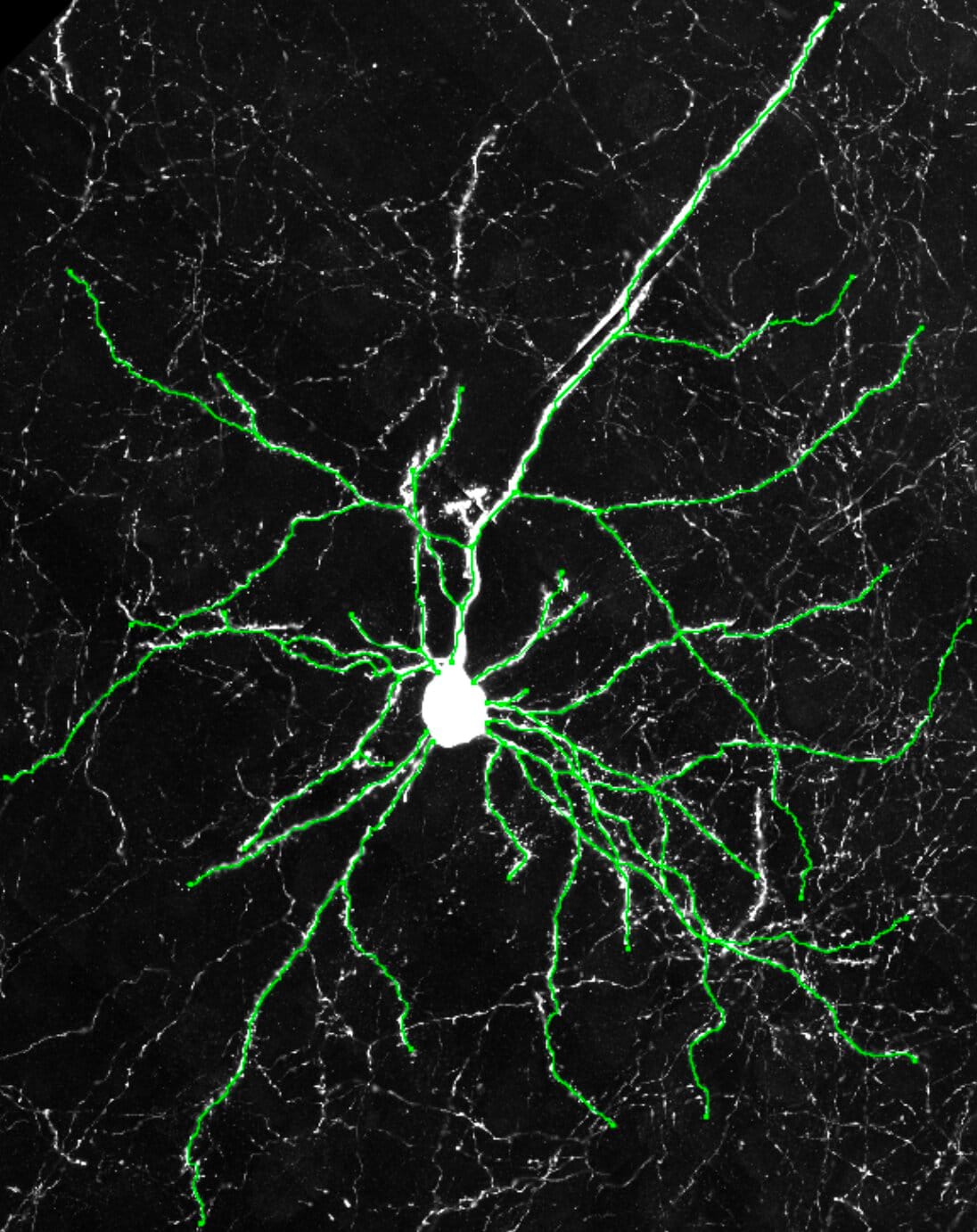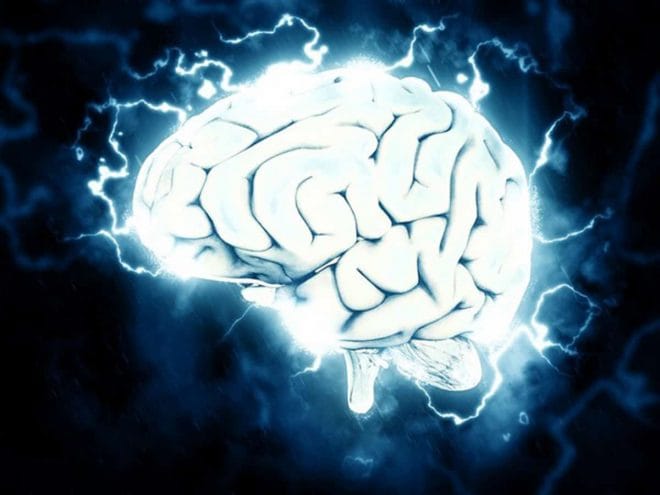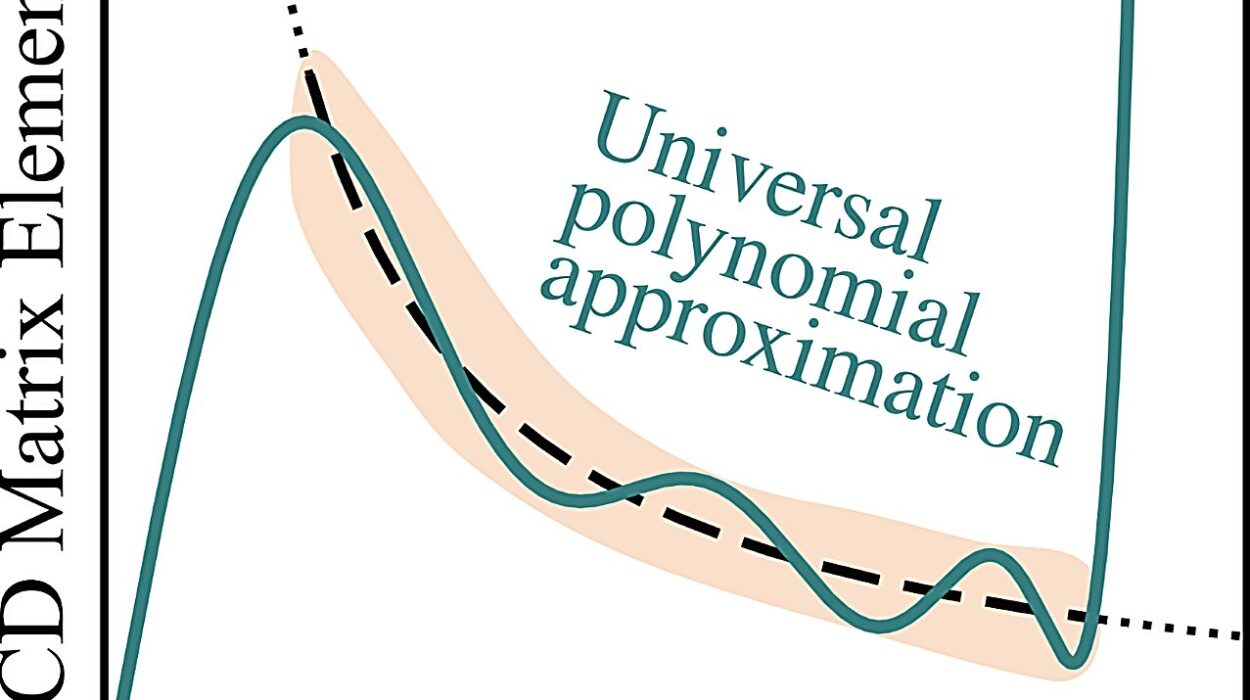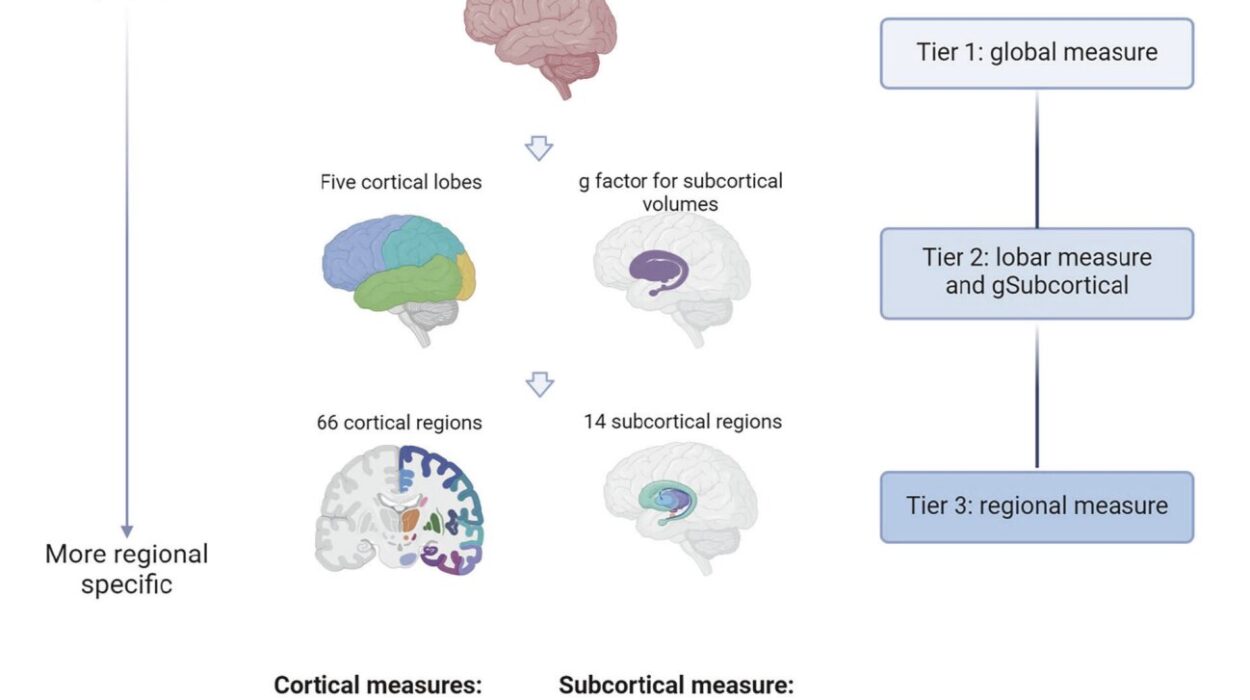For years, the CLOCK gene was known mainly as a biological timekeeper, orchestrating the daily rhythm of sleep and wakefulness that governs nearly every organ in our bodies. It was one of the stars of circadian biology, helping to synchronize our internal clocks with the rising and setting of the sun. But in a remarkable twist, new research suggests that this gene—so essential to our sense of time—may also play a surprising role in what makes us uniquely human.
In a groundbreaking study published in Nature Neuroscience, researchers at UT Southwestern Medical Center have discovered that the CLOCK gene doesn’t just regulate our biological rhythms. It may also shape the very architecture of our thoughts, influencing how neurons connect and how flexibly the brain can learn, adapt, and change its mind.
What began as an exploration of a circadian gene ended in a glimpse at the genetic signature of human cognition.
An Evolutionary Echo in the Neocortex
The study, led by neuroscientist Genevieve Konopka, was driven by a curious pattern seen in previous genomic studies: the CLOCK gene is unusually active in the human neocortex, the part of the brain responsible for decision-making, problem-solving, and language. This region, often called the seat of higher-order thinking, has undergone significant expansion in humans compared to other primates. And in it, CLOCK seemed to be doing something more than keeping time.
Unlike its rhythmic dance in other tissues—fluctuating with day and night—in the neocortex, CLOCK’s activity is high and strangely constant. It regulates not just time-related processes but a broad set of genes that have nothing to do with the circadian cycle. This anomaly led Konopka and her team to a bold hypothesis: perhaps CLOCK had taken on a new function during human evolution. Perhaps it was helping to sculpt the brain’s complexity and flexibility.
To test this, they turned to mice. But not ordinary mice.
Humanizing the Mouse Brain
Using a technique called recombineering, the researchers inserted a human version of the CLOCK gene—including its regulatory elements—into the genome of laboratory mice. These “humanized” mice expressed CLOCK in patterns similar to those found in the human neocortex, not just in timing but in location and consistency.
This was no simple genetic tweak. It was a reprogramming of the gene’s evolutionary context—replicating an expression pattern that, until now, had only ever been seen in the human brain.
The goal was ambitious: to ask whether mimicking human CLOCK expression in a mouse brain could shed light on what makes our cognition so different from that of other species.
A Flexible Mind: Unlocking Cognitive Adaptability
At first glance, the modified mice, dubbed HU (for “humanized”), behaved like their unmodified cousins. In basic memory and learning tasks, both groups performed similarly. But when the researchers challenged the animals with a more complex test—one that required them to shift their behavior based on changing rules—the differences became striking.
The HU mice excelled in this task, a cognitive challenge that mimics decision-making in uncertain environments. It’s a test of cognitive flexibility, the brain’s ability to change strategies when circumstances shift—a trait vital for problem-solving and innovation.
The result was stunning: a gene once thought to manage sleep cycles was now helping the brain adapt to the unexpected.
Mapping a New Function in the Brain
To understand how CLOCK was influencing these higher-order skills, the team dug deep into the architecture of the brain. Using advanced tools like immunohistochemistry, single-nucleus RNA sequencing, confocal microscopy, and electrophysiological recordings, they traced the effects of CLOCK at a cellular and molecular level.
What they found was that human CLOCK expression increased synaptic complexity. In excitatory neurons of the neocortex, it promoted longer dendrites and more dendritic spines—the tiny protrusions that facilitate connections between neurons. In essence, CLOCK was helping neurons build more elaborate and versatile networks.
These changes weren’t just biological curiosities. They translated into more adaptable behavior and a richer capacity for processing information.
In follow-up experiments using human stem cells modified with CRISPR to express or suppress CLOCK, the team confirmed the same neural features: longer branches, more spines, and greater connectivity. The data converged on one conclusion—CLOCK, in its human form, was doing more than ticking through time. It was helping to engineer the mind.
A Genetic Signature of Human Thought
Konopka’s team believes that CLOCK may be part of the genomic signature that helped shape the evolution of human cognition. In other primates, the gene is present, but its expression in the brain is lower and more rhythmic. In humans, CLOCK appears to have been repurposed—its activity intensified and made continuous in key brain regions, perhaps contributing to the brain’s increased size, connectivity, and flexibility.
“It’s a novel gain of function,” Konopka explained, “a shift in how and where a gene is used—not unlike giving a violinist a new role in an orchestra, playing not just melodies but complex harmonies that lift the entire symphony.”
Intriguingly, the HU mice also showed increased cell density in their neocortex—not only neurons but also glial cells, the support staff of the brain. This could point to a role for CLOCK in early brain development, influencing how many brain cells are formed during embryogenesis.
From Timekeeper to Architect
This study does more than broaden our understanding of a single gene. It opens the door to a deeper exploration of how evolution can reshape the function of genes without changing their basic identity. CLOCK remains a circadian regulator in most of the body—but in the human brain, it may have become something else entirely: a genetic architect of thought.
The implications are vast. Could other circadian genes have similar dual roles? Might the internal clocks that govern our bodies also influence our mental agility, our social behaviors, even our creativity?
And what does this mean for disorders of the brain? Conditions like schizophrenia, autism, and depression often involve disrupted circadian rhythms and cognitive dysfunction. Could genes like CLOCK represent a biological bridge between these seemingly separate domains?
A New Frontier in Neuroscience
Konopka and her colleagues have created more than just a clever mouse model—they’ve offered science a new lens through which to view the evolution of intelligence. By revealing that a well-known gene can be rewired to serve new, uniquely human purposes, their work highlights the plasticity of biology itself.
As the field of evolutionary neurogenetics grows, studies like this will help illuminate not only how our brains work, but how they came to be—and what makes us capable of asking such questions in the first place.
The CLOCK gene may have once helped early organisms align with the turning Earth. Now, in humans, it may help us align our thoughts with something far more abstract: the demands of language, logic, and imagination.
In a poetic twist, the gene that helped us keep time may have also helped us transcend it.
Reference: Yuxiang Liu et al, Human CLOCK enhances neocortical function, Nature Neuroscience (2025). DOI: 10.1038/s41593-025-01993-4






